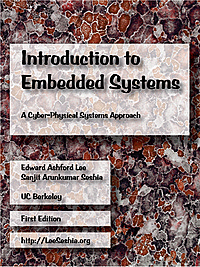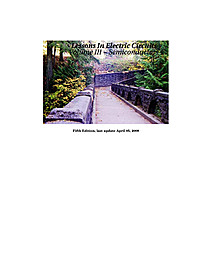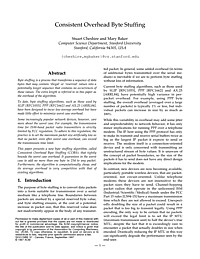

Introduction to Embedded Systems - A Cyber-Physical Systems Approach
This book strives to identify and introduce the durable intellectual ideas of embedded systems as a technology and as a subject of study. The emphasis is on modeling, design, and analysis of cyber-physical systems, which integrate computing, networking, and physical processes. This book is intended for students at the advanced undergraduate level or the introductory graduate level, and for practicing engineers and computer scientists who wish to understand the engineering principles of embedded systems.
Embedded Systems – Theory and Design Methodology
This book addresses a wide spectrum of research topics on embedded systems, including basic researches, theoretical studies, and practical work.
High Performance Systems, Applications and Projects
This book addresses a wide spectrum of research topics of embedded systems, including parallel computing, communication architecture, application-specific systems, and embedded systems projects.

Lessons in Electric Circuits - Volume III - Semiconductor
This book covers all of the common semiconductor devices and their principles of operation. However, the true value of this reference is in the fact that it provides key circuits and applications where they come in handy. A few of the devices that are covered in this book are Bipolar junction transistors, diodes, JFETs, thyristors, OPAMPs and FETs. This book will be a good reference in your library that has a clear style of explanation.

Consistent Overhead Byte Stuffing
Byte stuffing is a process that transforms a sequence of data bytes that may contain ‘illegal’ or ‘reserved’ values into a potentially longer sequence that contains no occurrences of those values. The extra length is referred to in this paper as the overhead of the algorithm. To date, byte stuffing algorithms, such as those used by SLIP [RFC1055], PPP [RFC1662] and AX.25 [ARRL84], have been designed to incur low average overhead but have made little effort to minimize worst case overhead. Some increasingly popular network devices, however, care more about the worst case. For example, the transmission time for ISM-band packet radio transmitters is strictly limited by FCC regulation. To adhere to this regulation, the practice is to set the maximum packet size artificially low so that no packet, even after worst case overhead, can exceed the transmission time limit. This paper presents a new byte stuffing algorithm, called Consistent Overhead Byte Stuffing (COBS), that tightly bounds the worst case overhead. It guarantees in the worst case to add no more than one byte in 254 to any packet. Furthermore, the algorithm is computationally cheap, and its average overhead is very competitive with that of existing algorithms.
Embedded Systems – Theory and Design Methodology
This book addresses a wide spectrum of research topics on embedded systems, including basic researches, theoretical studies, and practical work.

Introduction to Embedded Systems - A Cyber-Physical Systems Approach
This book strives to identify and introduce the durable intellectual ideas of embedded systems as a technology and as a subject of study. The emphasis is on modeling, design, and analysis of cyber-physical systems, which integrate computing, networking, and physical processes. This book is intended for students at the advanced undergraduate level or the introductory graduate level, and for practicing engineers and computer scientists who wish to understand the engineering principles of embedded systems.

Consistent Overhead Byte Stuffing
Byte stuffing is a process that transforms a sequence of data bytes that may contain ‘illegal’ or ‘reserved’ values into a potentially longer sequence that contains no occurrences of those values. The extra length is referred to in this paper as the overhead of the algorithm. To date, byte stuffing algorithms, such as those used by SLIP [RFC1055], PPP [RFC1662] and AX.25 [ARRL84], have been designed to incur low average overhead but have made little effort to minimize worst case overhead. Some increasingly popular network devices, however, care more about the worst case. For example, the transmission time for ISM-band packet radio transmitters is strictly limited by FCC regulation. To adhere to this regulation, the practice is to set the maximum packet size artificially low so that no packet, even after worst case overhead, can exceed the transmission time limit. This paper presents a new byte stuffing algorithm, called Consistent Overhead Byte Stuffing (COBS), that tightly bounds the worst case overhead. It guarantees in the worst case to add no more than one byte in 254 to any packet. Furthermore, the algorithm is computationally cheap, and its average overhead is very competitive with that of existing algorithms.
High Performance Systems, Applications and Projects
This book addresses a wide spectrum of research topics of embedded systems, including parallel computing, communication architecture, application-specific systems, and embedded systems projects.

Lessons in Electric Circuits - Volume III - Semiconductor
This book covers all of the common semiconductor devices and their principles of operation. However, the true value of this reference is in the fact that it provides key circuits and applications where they come in handy. A few of the devices that are covered in this book are Bipolar junction transistors, diodes, JFETs, thyristors, OPAMPs and FETs. This book will be a good reference in your library that has a clear style of explanation.



















